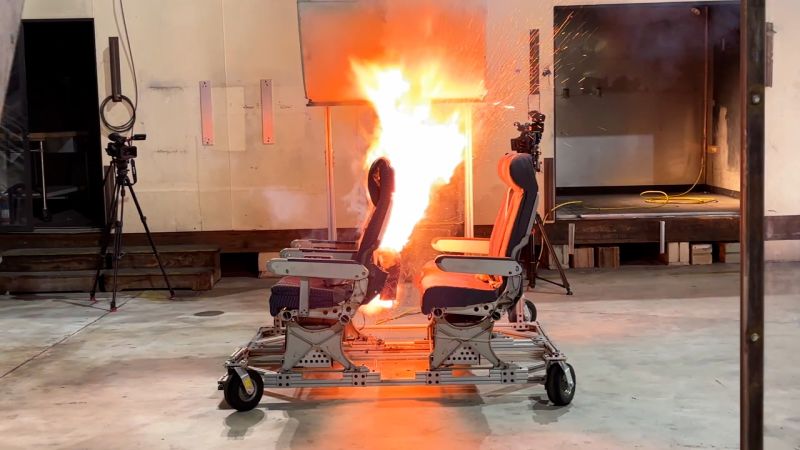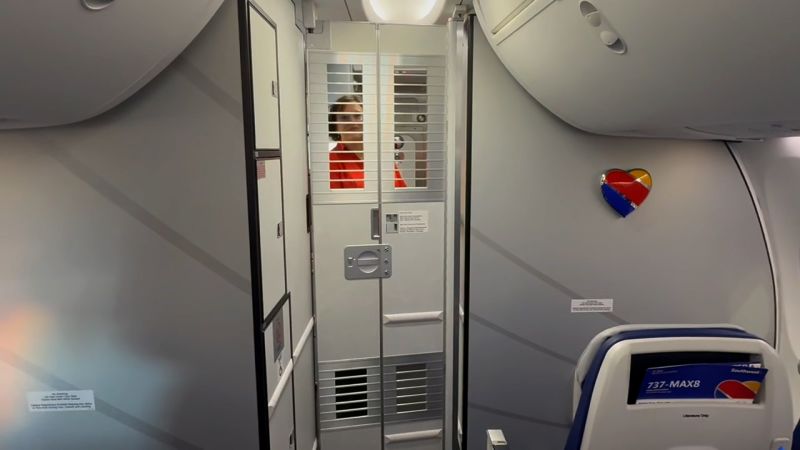
Safety Risks of Lithium-Ion Batteries on Commercial Flights
Opinion | 8/23/2025
On commercial flights, the ubiquitous presence of lithium-ion batteries within passengers’ personal devices poses a potential safety risk, as highlighted by recent Federal Aviation Administration (FAA) tests. These batteries, commonly found in smartphones, laptops, rechargeable power packs, and electronic cigarettes, have the capacity to cause severe incidents when malfunctions occur. The FAA’s findings underscore the critical importance of addressing the risks associated with these widely-used power sources.
In a recent series of tests conducted by the FAA, scenarios simulating the eruption of smoke and flames from lithium-ion batteries were examined. The results revealed the potential for such incidents to escalate rapidly, posing significant hazards within the confined space of an aircraft. These tests shed light on the urgent need for enhanced safety measures and awareness regarding the use and transport of lithium-ion batteries on flights.
According to aviation safety experts, the combustible nature of lithium-ion batteries presents a unique challenge for airlines and regulatory authorities. The risk of fire or explosion stemming from these batteries underscores the necessity for comprehensive guidelines and protocols to mitigate potential in-flight emergencies. Ensuring passenger safety amidst the prevalence of these devices remains a top priority for aviation stakeholders.
In response to the FAA’s findings, industry professionals have emphasized the importance of proactive measures to prevent and manage incidents involving lithium-ion batteries on aircraft. Enhanced regulations, passenger education initiatives, and thorough safety protocols are among the strategies proposed to minimize the risks associated with these widely-used power sources. Addressing these challenges effectively requires a collaborative effort from airlines, manufacturers, regulators, and passengers alike.
As the aviation industry grapples with the implications of lithium-ion battery-related incidents, ongoing efforts to enhance safety protocols and regulatory frameworks are crucial. The FAA’s recent tests serve as a stark reminder of the potential dangers posed by these common yet hazardous devices. Moving forward, a concerted focus on risk mitigation and safety awareness is imperative to safeguard passengers and crew from the hazards associated with lithium-ion batteries on board aircraft.


